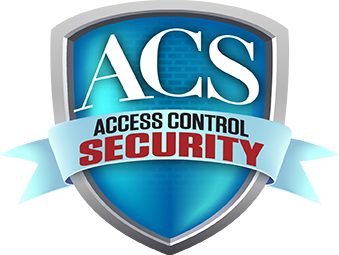
OBSERVATION & DOCUMENTATION (Lesson 13 of 26)
Reconstructing the Incident
Prior to the search of the scene, an effort should be made to determine from the appearance of the scene and its objects, what has actually occurred, and what were the movements and methods of the criminal. This may include a physical reproduction of the positions of the articles and persons during the occurrence. Physical reconstruction is the reconstruction of the physical appearance of the scene based upon the descriptions of witnesses, physical evidence, lighting and weather conditions.
Mental Reconstruction
From the physical reconstruction, some conclusions can be made. The security officer should test his or her theory and logic. The mental reconstruction should be done from the point of view of the criminal. No assumptions should be made concerning actions which are not supported by the evidence. The theory should be a basis of further investigation and will need to be modified as new or additional facts are learned.
Equipment
Before beginning a reconstruction and search of an incident scene, a security officer should be certain to have a flashlight, sketch pad, measuring tape, evidence preservation containers or envelopes and some basic tools such as pliers and a screwdriver.
Photographs & Sketching
Before a room or area is returned to its normal condition, photographs or sketches of the incident scene should be made. The following guidelines should be followed when photographing an area:
- The objects which are presented should not be immaterial or irrelevant.
- The photographs should not unduly incite prejudice or sympathy.
- The photo should be free from distortion, it should not misrepresent the scene.
When photographing a scene, measurements need to be taken and included as part of any written report. If an object is being photographed which is rather small, a point of comparison should be included adjacent to the object and photographed. For example: a 6″ ruler can be placed next to small piece of evidence in order to denote proper size.
Direction should also be included with every photograph or sketch taken as it is usually essential in determining the exact location and point of relevance. North is always noted with an arrow pointing toward that direction.
When sketching or photographing a room, an outline should be provided displaying all windows, doors and furniture. Distance between any of the objects within a room should also be measured.
When using a sketch to document an incident, if possible, a scale should be used to accurately detail distance. To show a distance of 3 feet, 3 inches may be used on the scale. Therefore, a one foot distance at the scene equates to a one inch distance on the sketch. Whatever distance scale is used, it should be clearly noted on the sketch. Likewise, if the officer is not attempting to draw a scene exactly to scale, the statement “not drawn to scale” should be clearly noted.
Legends should be used to identify symbols with objects in the room (i.e. furniture, restroom, lights, etc.).
Finally, a title that denotes the case number, date and time the photograph or sketch was provided along with the name and identification of the person taking the photograph or making a sketch should be included at the very top of the document.



